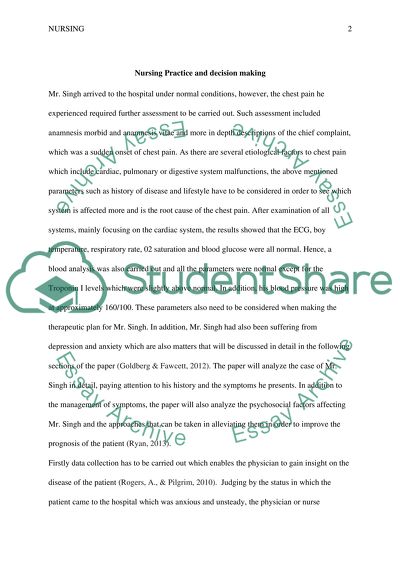Cite this document
(“Nursing Practice and Decision Making Essay Example | Topics and Well Written Essays - 2500 words”, n.d.)
Nursing Practice and Decision Making Essay Example | Topics and Well Written Essays - 2500 words. Retrieved from https://studentshare.org/nursing/1475003-nursing-practice-and-decision-making
Nursing Practice and Decision Making Essay Example | Topics and Well Written Essays - 2500 words. Retrieved from https://studentshare.org/nursing/1475003-nursing-practice-and-decision-making
(Nursing Practice and Decision Making Essay Example | Topics and Well Written Essays - 2500 Words)
Nursing Practice and Decision Making Essay Example | Topics and Well Written Essays - 2500 Words. https://studentshare.org/nursing/1475003-nursing-practice-and-decision-making.
Nursing Practice and Decision Making Essay Example | Topics and Well Written Essays - 2500 Words. https://studentshare.org/nursing/1475003-nursing-practice-and-decision-making.
“Nursing Practice and Decision Making Essay Example | Topics and Well Written Essays - 2500 Words”, n.d. https://studentshare.org/nursing/1475003-nursing-practice-and-decision-making.


